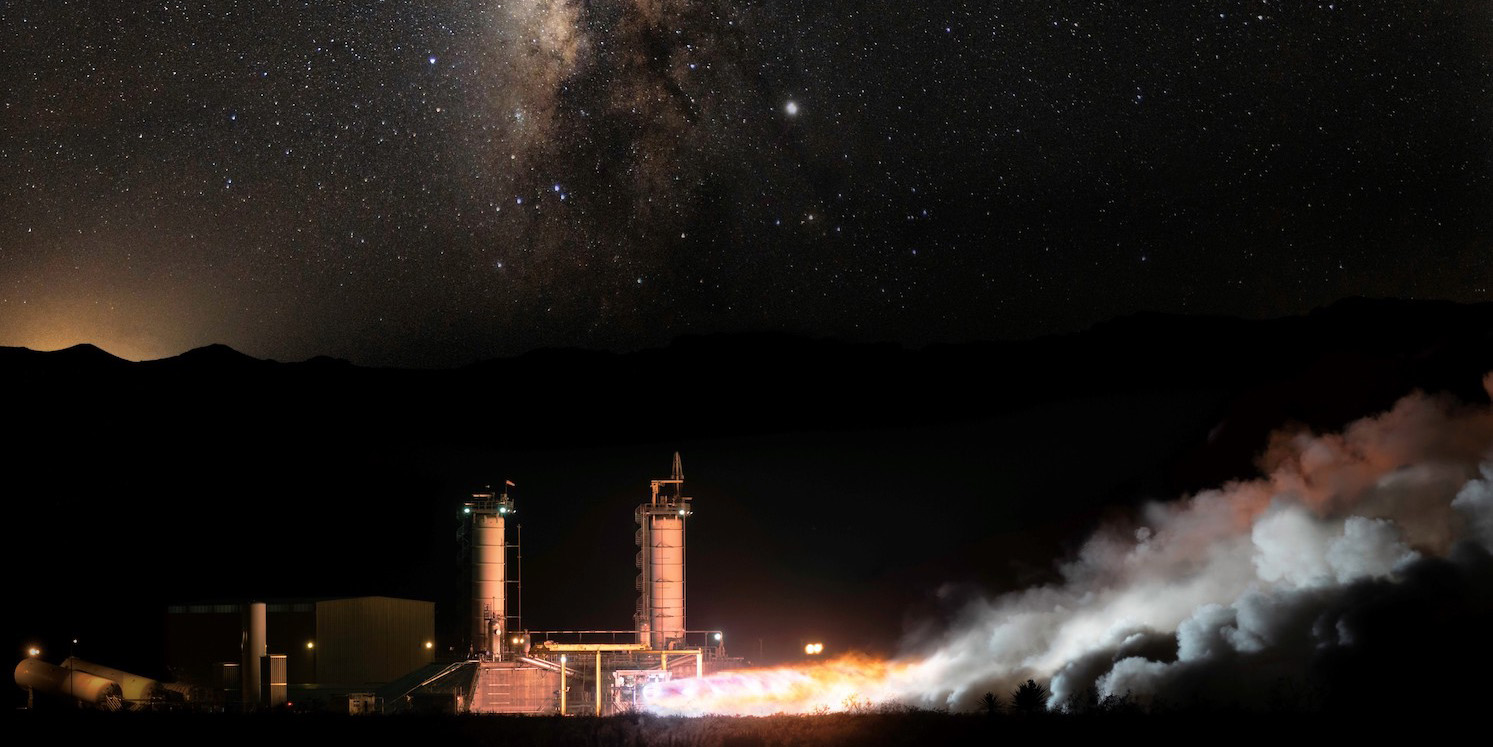Sandia's Brad Beeny (left) and Larry Humphries examine remnants from a series of lower head failure experiments. Results from these and other experiments are used to inform nuclear accident modeling computer code. (Photo: Randy Montoya)
Researchers at Sandia National Laboratories have been expanding MELCOR—the severe accident modeling computer code used by the Nuclear Regulatory Commission to evaluate the safety of light water reactors—to study the small modular reactors and non-light-water advanced reactors that are under development. An article published in Sandia Lab News on August 27 describes in detail how MELCOR is being expanded to work with different reactor geometries, fuel types, and coolant systems.
NorthStar’s RadioGenix system produces the medical radioisope Mo-99 without the use of uranium. (Photo: NorthStar)
NorthStar Medical Technologies of Beloit, Wis., will receive $37 million under two cooperative agreements with the National Nuclear Security Administration for the production of molybdenum-99 without the use of high-enriched uranium. Considered a critical medical radioisotope, Mo-99 is used in more than 40,000 medical procedures in the United States each day, including the diagnosis of heart disease and cancer.
A new facility being built at the Advanced Photon Source will allow research into irradiated materials.
This rendering shows the Activated Materials Laboratory (AML), to be constructed as part of the Advanced Photon Source upgrade that includes the High-Energy X-ray Microscope (HEXM) and the In Situ Nanoprobe (ISN). This new facility will simplify the process of researching nuclear materials.
(Image: Argonne National Laboratory)
The lack of a specialized laboratory at Argonne National Laboratory’s Advanced Photon Source (APS) has slowed efforts to study irradiated materials at the facility. Things will change soon, however, with the addition of the new Activated Materials Laboratory that is planned to be built and operational by 2024.
The EBR-II sodium fast reactor at Idaho National Laboratory began operations in 1964 and generated electricity for decades. Soon it will serve as a National Reactor Innovation Center test bed for future advanced reactor demonstrations. (Source: ANL)
At the box office or streaming at home, it’s fear, not truth, that sells. The laws of physics are swept aside, apocalypse is inevitable, and superpowered heroes wait until the last possible second to save the universe. It can make for great entertainment, but in the real world we need to stick with science over science fiction and be wowed by engineering, not special effects.
The truth is, science and innovation are incredible in their own right. From communications and machine learning to space travel and medical advances, technology is evolving in hyperdrive to solve real problems. With climate change and global warming here on earth, we don’t have to go looking for trouble in a galaxy far, far away.
A color-enhanced photograph of the NIF target bay. (Photo: LLNL/Damien Jemison)
Lawrence Livermore National Laboratory is celebrating the yield from an experiment at the National Ignition Facility (NIF) of more than 1.3 megajoules of energy—eight times more than the yield from experiments conducted this spring and 25 times more than NIF’s 2018 record yield.
The magnet system of Wendelstein 7-X features 50 superconducting magnet coils. (Graphic: IPP)
The Max Planck Institute for Plasma Physics (IPP) was founded in Garching, Germany, in 1960, the same year that its Wendelstein 1a stellarator began operation. Wendelstein 7-X is now operating at IPP’s site in Greifswald, Germany, and one of the objectives the device was designed to achieve has recently been confirmed, IPP announced on August 12. Analysis by IPP scientists shows that the twisted magnetic coils of the device successfully control plasma energy losses, indicating that stellarator fusion devices could be suitable for power plants, according to a detailed analysis of experimental results published on August 11 in Nature.
Rensselaer Polytechnic Institute (Photo: RPI)
Rensselaer Polytechnic Institute will use $1.5 million in grants from the Department of Energy to lead projects aimed at upgrading nuclear power plant efficiency and safety, the university announced earlier this month. The grants are part of more than $61 million in awards recently announced by the DOE to support nuclear energy research.
A rendering of the VTR facility. (Image: INL)
The Department of Energy announced in 2020 its approval of Critical Decision 1 for the Versatile Test Reactor (VTR) project, a one-of-a-kind scientific user facility that would support research and development of innovative nuclear energy and other technologies. The decision was well received by the nuclear energy community—after all, the DOE’s Nuclear Energy Advisory Committee had studied and reported on the need for the VTR and found strong support for the project among reactor developers, federal agencies and national laboratories, and university researchers.
The right side of the cooling tower of MIT’s reactor has the new system installed, eliminating its plume of vapor, while the untreated left side continues to produce a steady vapor stream. (Image: MIT/courtesy of the researchers)
The white plumes of steam billowing from the cooling towers of nuclear power plants and other thermal power plants represent an opportunity to some—the opportunity to collect a valued resource, purified water, that is now lost to the atmosphere. A small company called Infinite Cooling is looking to commercialize a technology recently developed at the Massachusetts Institute of Technology by the Varanasi Research Group, whose work is described in an article written by David L. Chandler, of the MIT News Office, and published on August 3.
A rendering of Ultra Safe Nuclear Corporation’s micro modular reactor as proposed for construction on the University of Illinois at Urbana-Champaign campus. (Graphic: USNC)
A bipartisan group of legislators has introduced a bill to invest in university nuclear science and engineering infrastructure, establish regional consortia to promote collaboration with industry and national laboratories, and support the development of advanced reactor technology. The National Nuclear University Research Infrastructure Reinvestment Act of 2021 (H.R. 4819) was introduced in the House of Representatives by Reps. Anthony Gonzalez (R., Ohio), Sean Casten (D., Ill.), Peter Meijer (R., Mich.), and Bill Foster (D., Ill).
A rendering of the VTR facility. (Image: INL)
Kathryn Huff, the Department of Energy’s acting assistant secretary for nuclear energy, asserted in an article published online by the Office of Nuclear Energy (DOE-NE) on July 30 that demonstration reactors, such as the Natrium and Xe-100 reactors being built as full-size power producers with cost-shared funding from the DOE, and test reactors, such as the Versatile Test Reactor, are both necessary for nuclear innovation. Both are also line items in the DOE budget request, and Huff’s article sends a clear message to appropriators about the need to fund both the Advanced Reactor Demonstration Program (ARDP) and the VTR.
First concrete pour for research reactor begins at Bolivian nuclear research center. (Photo: Rosatom)
Key facilities at a multipurpose nuclear research center in the high plains of Bolivia are nearing operation, and a ceremonial first concrete pour for the nuclear research reactor that will serve as the centerpiece of the project was held on July 26. Bolivian president Luis Arce attended the ceremony at the Center for Nuclear Technology Research and Development (CNTRD). Also attending were Kirill Komarov, first deputy director general for corporate development and international business at Rosatom (Russia’s state atomic energy agency), and authorities from the Ministry of Hydrocarbons and Energies and the Bolivian Nuclear Energy Agency (ABEN).
Invisible infrared light from the 200-trillion-watt Trident Laser at Los Alamos National Laboratory interacts with a 1-micrometer thick foil target (in the center of the photo) to generate a high-energy-density plasma. (Photo: Joseph Cowan and Kirk Flippo, LANL)
The Department of Energy’s Office of Science (DOE-SC) and the National Nuclear Security Administration (NNSA) on July 27 announced $9.35 million for 21 research projects in high-energy-density laboratory plasmas. High-energy-density (HED) plasma research, originally developed to support the U.S. nuclear weapons program, has applications in astrophysics, fusion power plant development, medicine, nuclear and particle physics, and radioisotope production.
Hot-fire test at Blue Origin’s West Texas launch facility in July 2019. (Photo: Blue Origin)
In July 1969, the public’s attention was fixated on NASA’s Apollo 11 mission—a “giant leap for mankind” that was memorably marked by Neil Armstrong as he stepped onto the surface of the moon. This July, the possibilities of spaceflight are once again capturing the public’s imagination and news headlines. While NASA invests in nuclear propulsion research and development to stretch the limits of U.S. space missions, private companies Virgin Galactic and Blue Origin are stretching the definition of “astronaut” and proving they can offer a high-altitude thrill to paying customers.
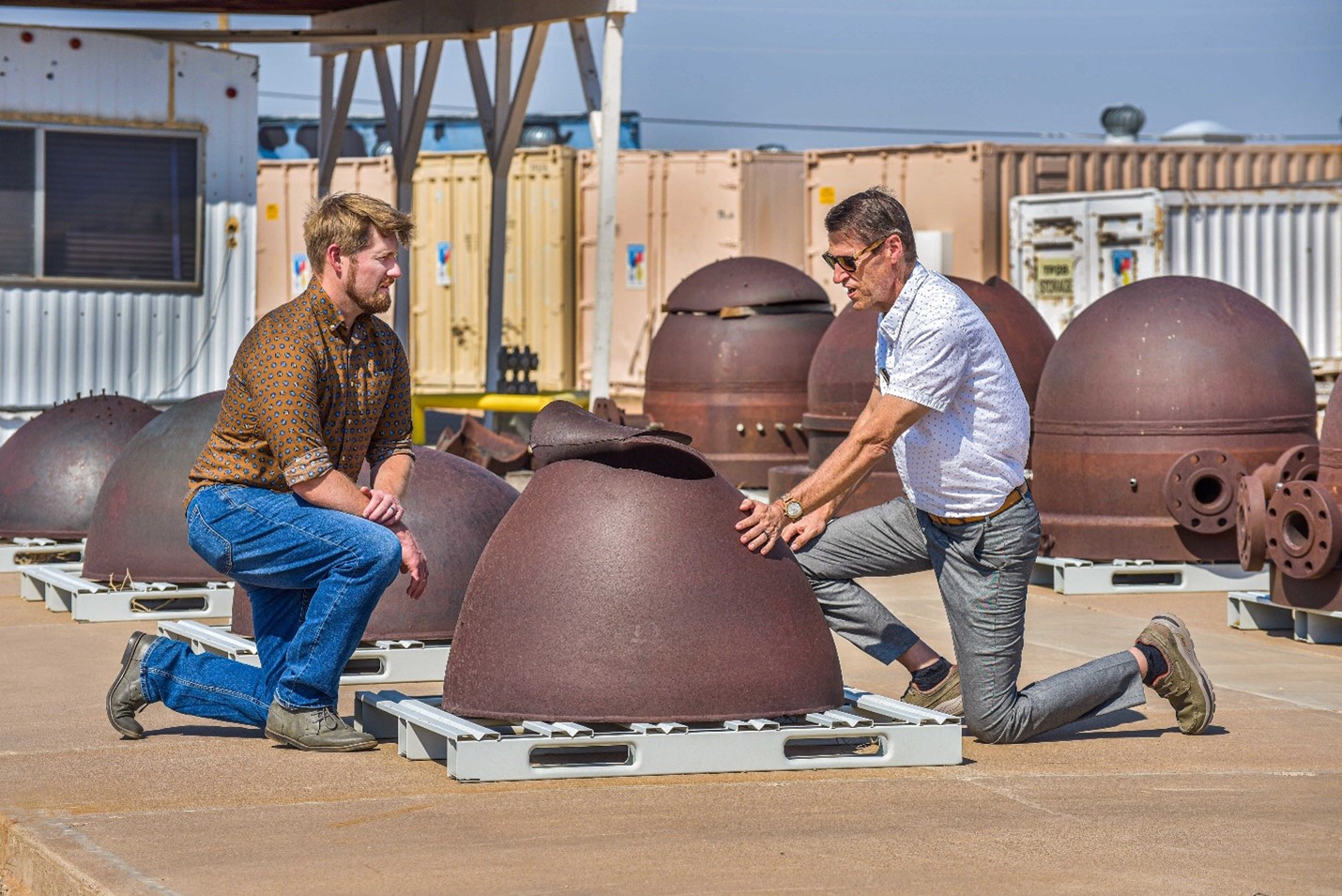




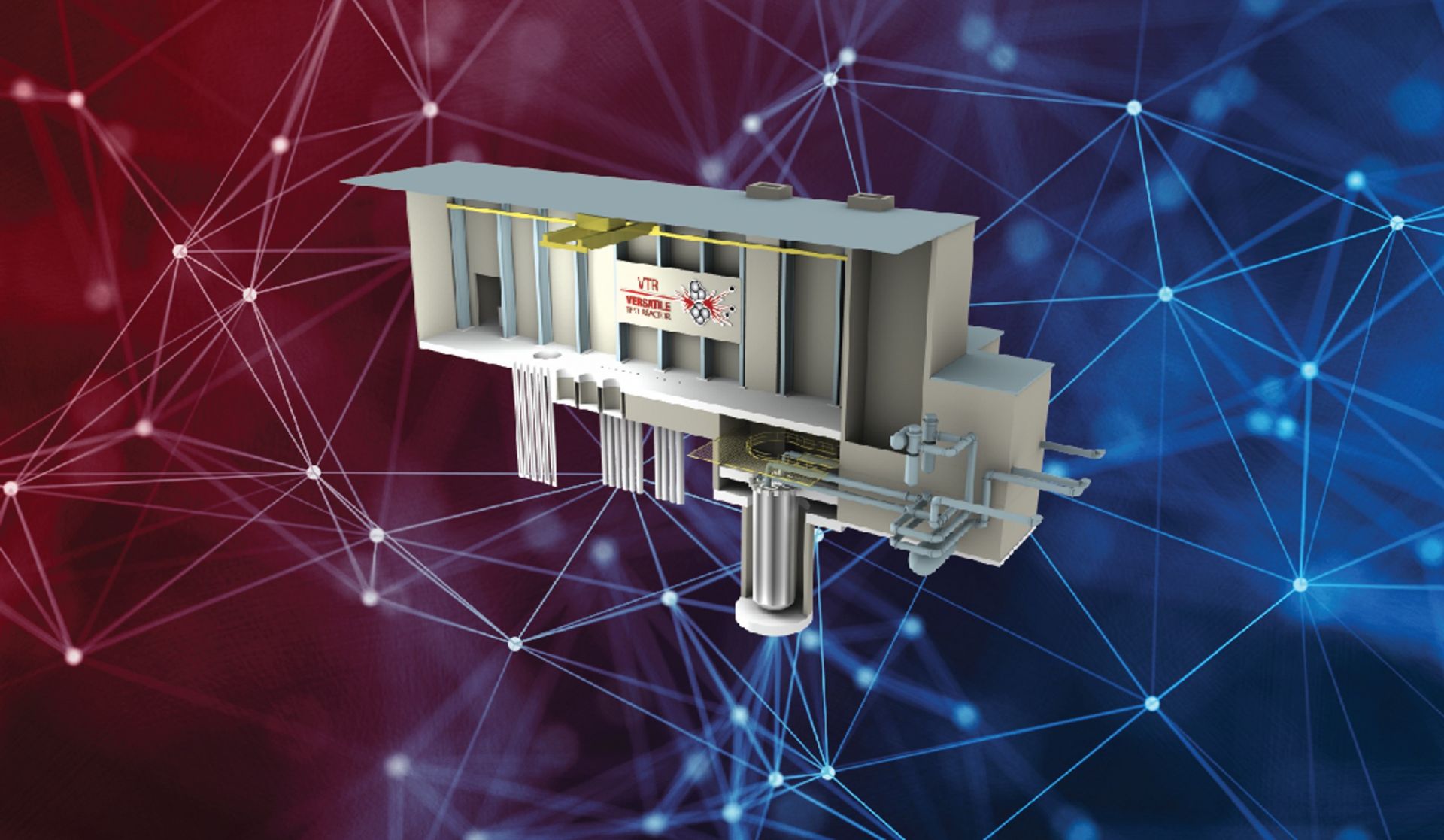
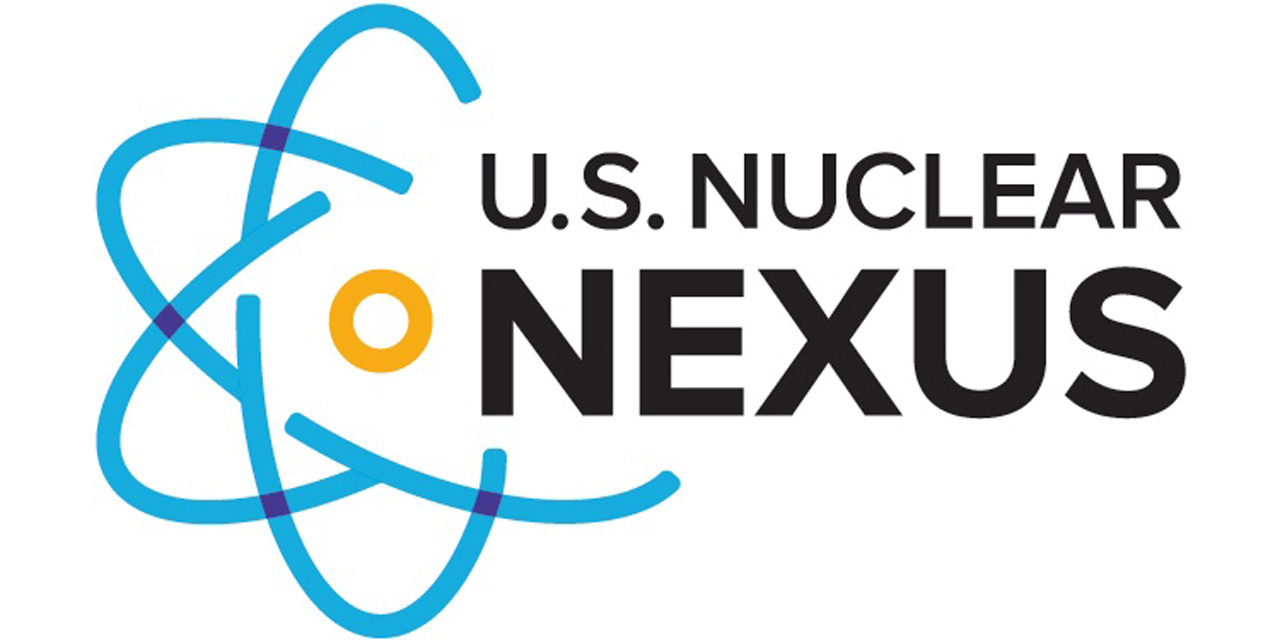
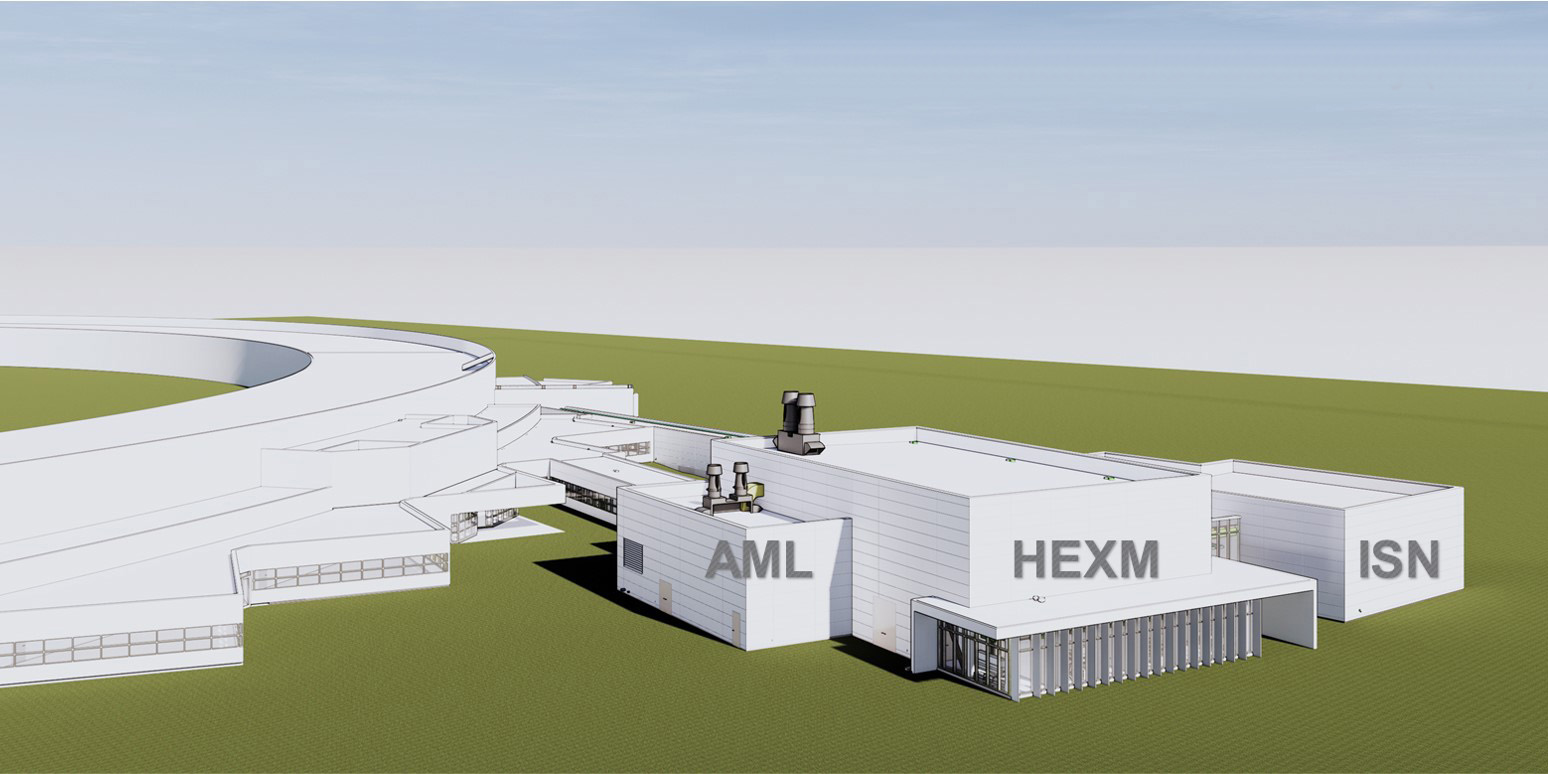
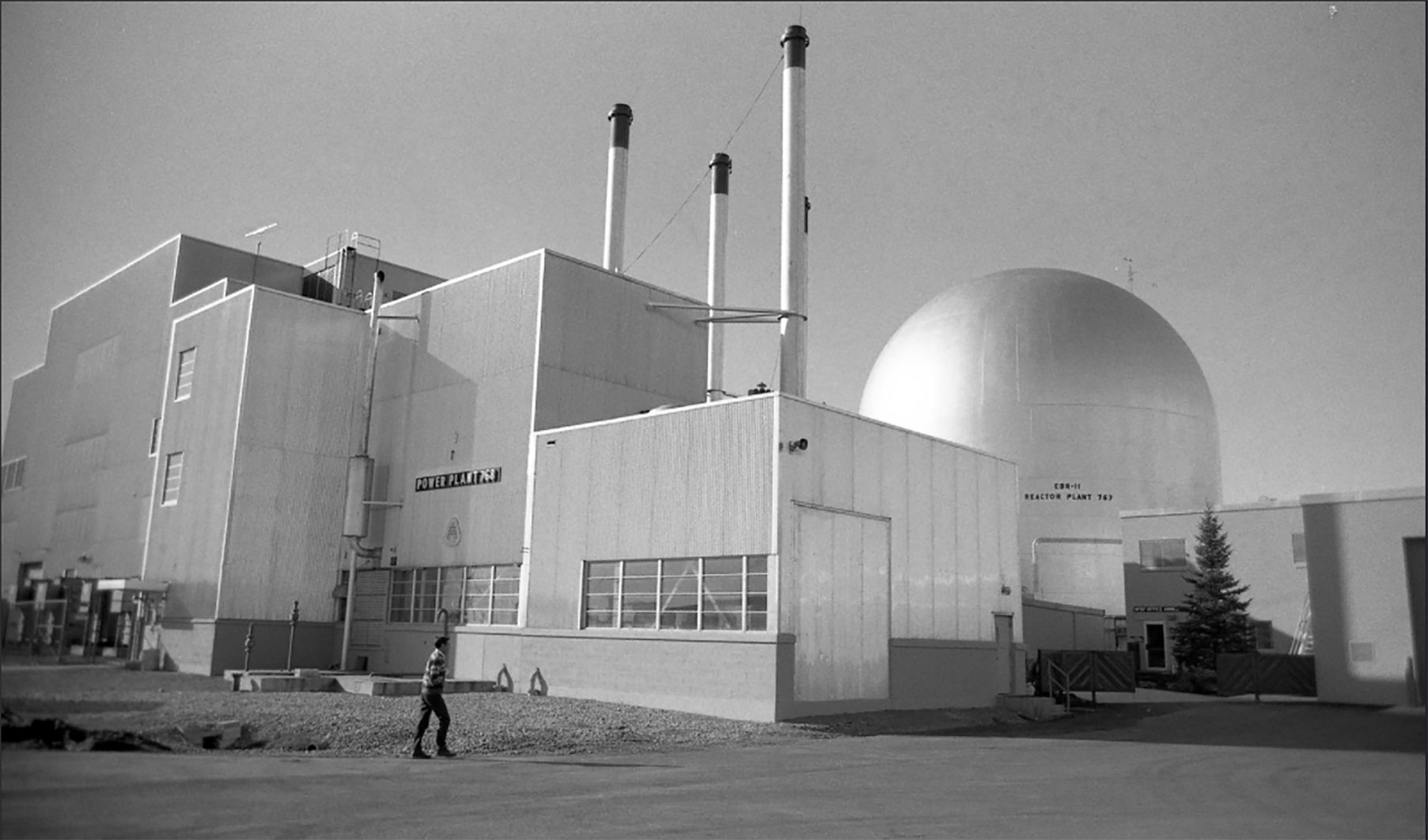
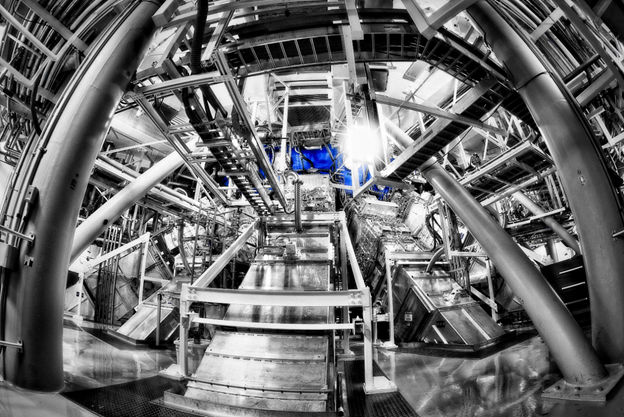


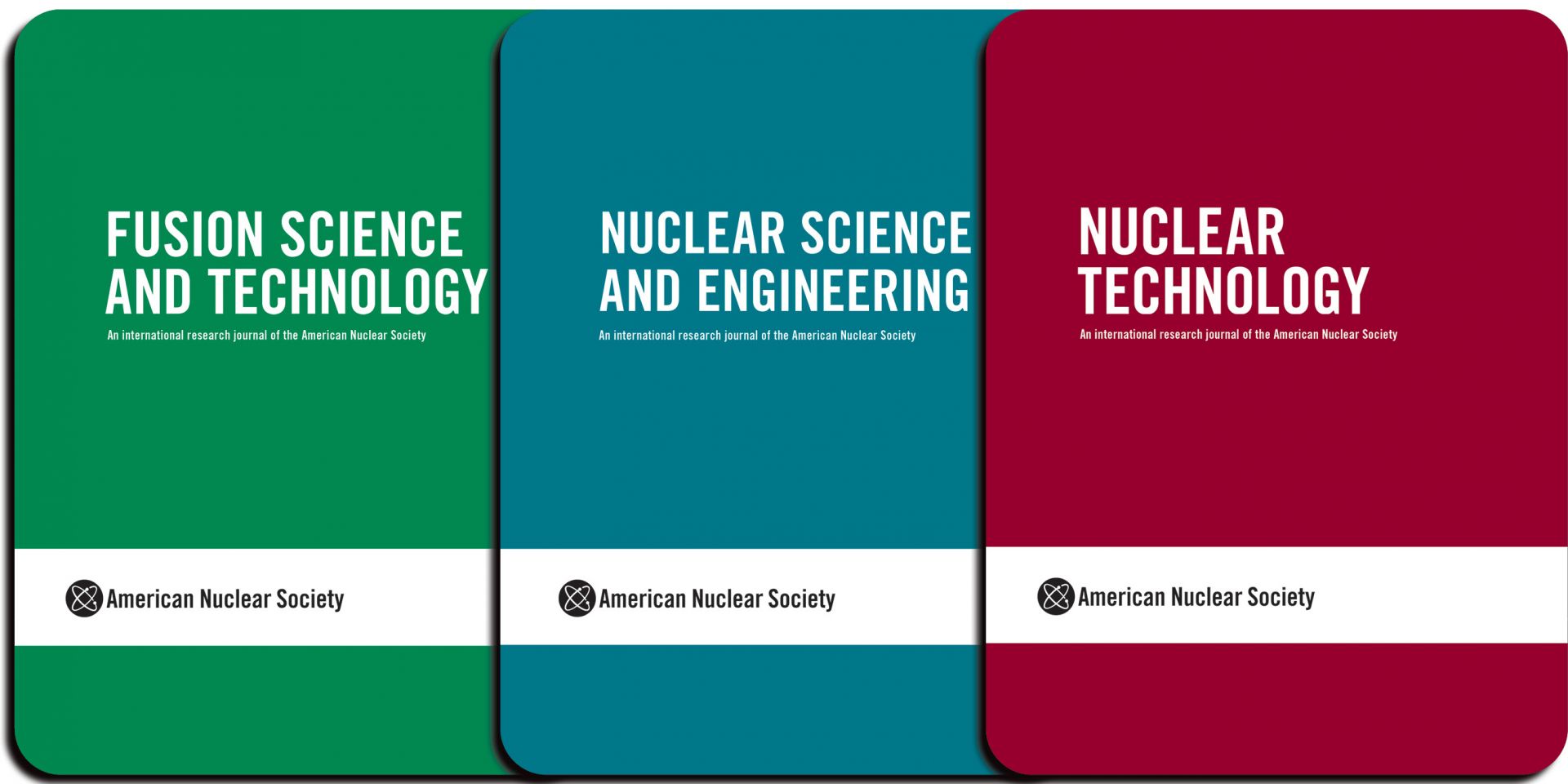
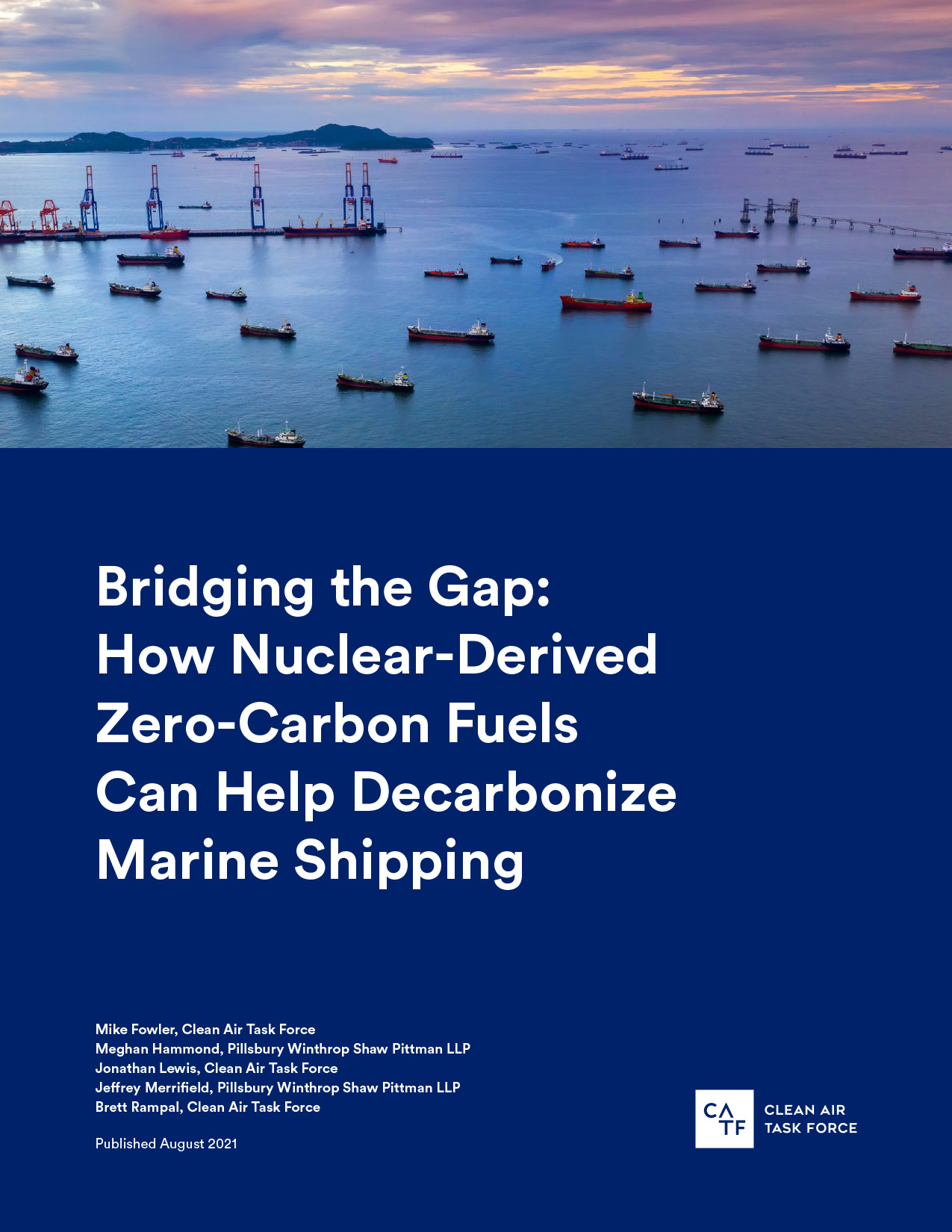 On August 4, the Clean Air Task Force (CATF) released a white paper,
On August 4, the Clean Air Task Force (CATF) released a white paper, 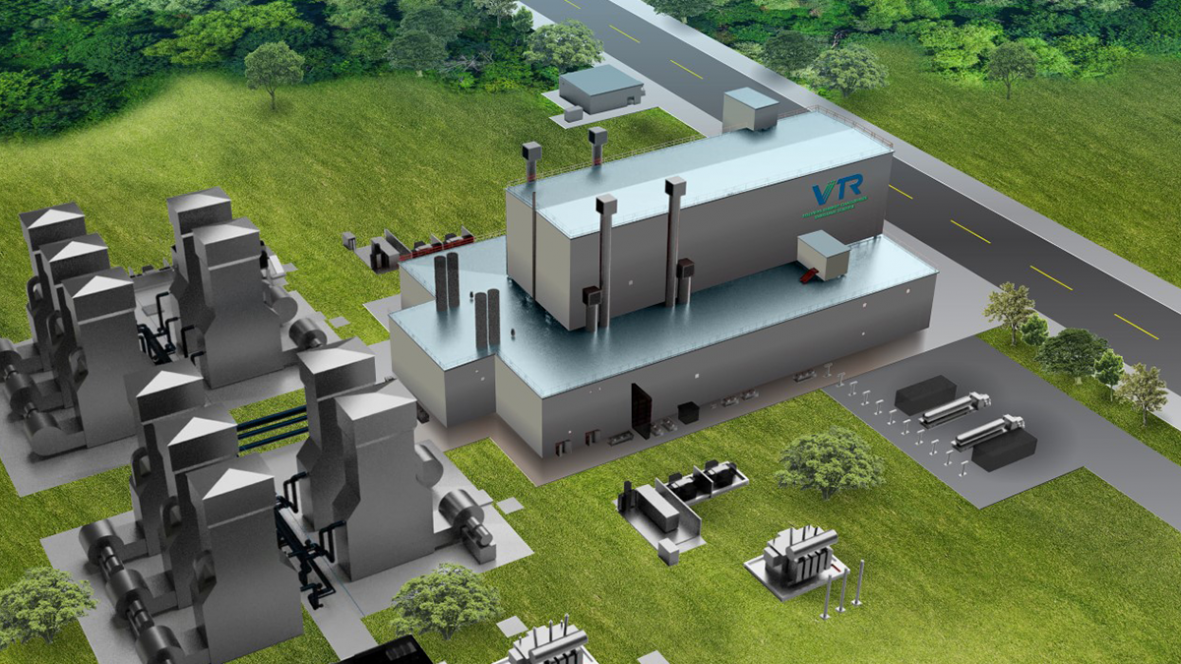
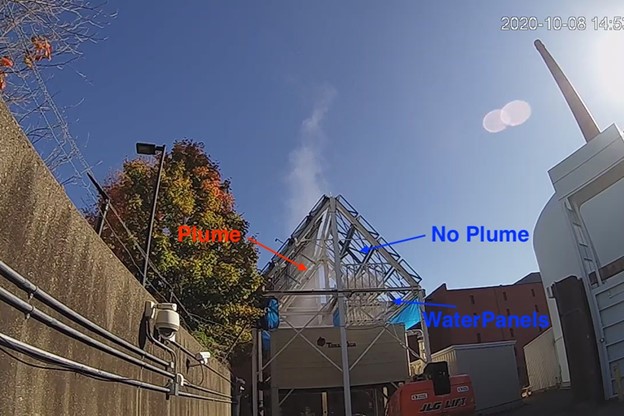
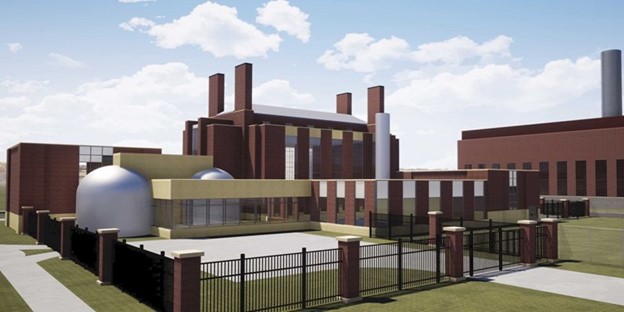
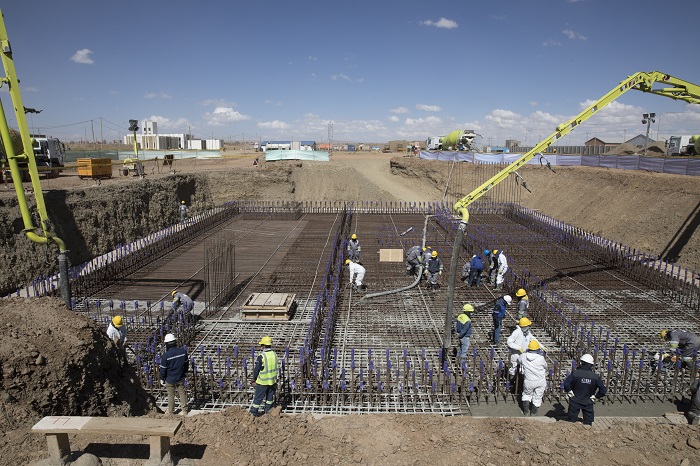

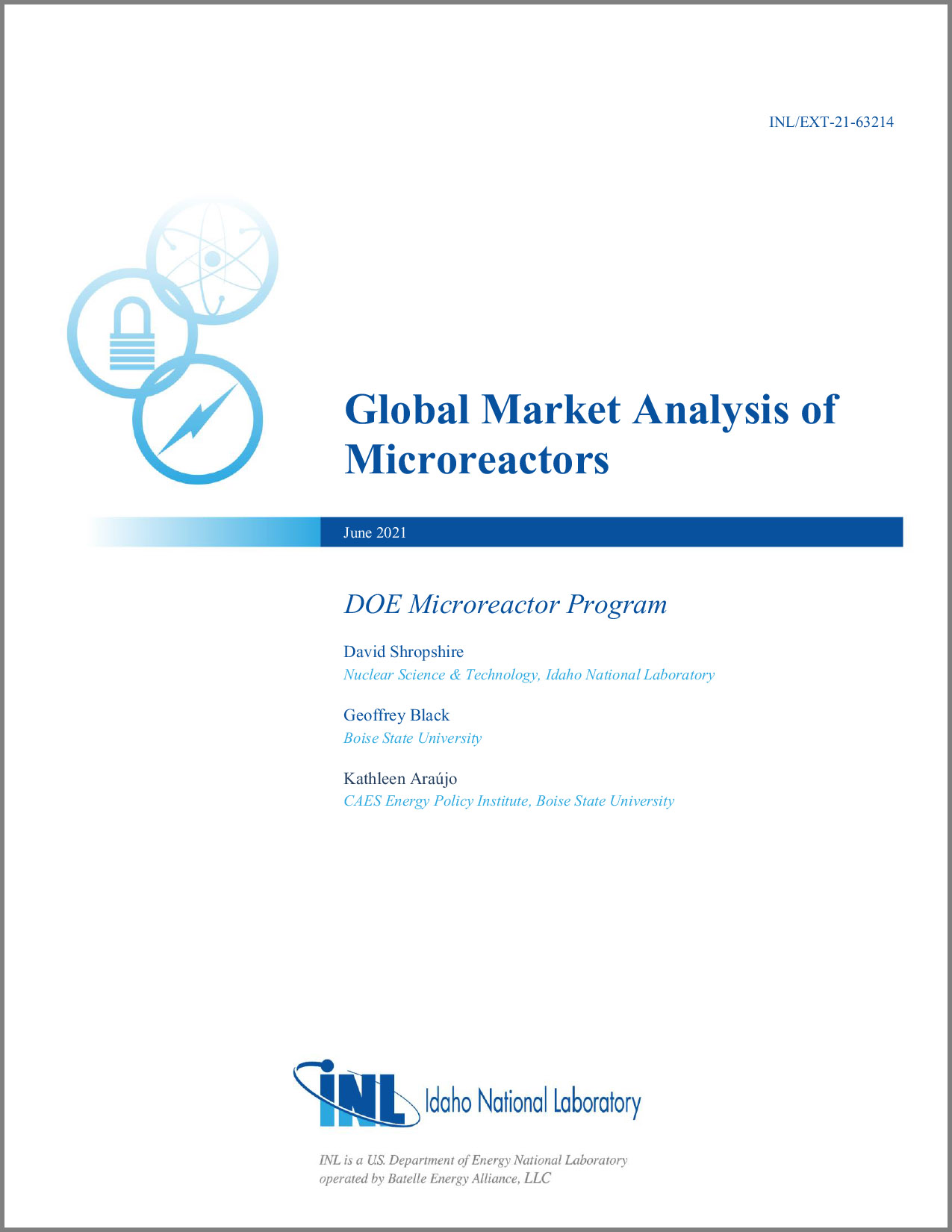 A recently released technical report from Idaho National Laboratory finds “significant potential” for deploying microreactors on a global scale, but also “significant challenges in achieving the technical capacities, meeting regulatory requirements and international accords, achieving competitive costs, and for gaining public acceptance.”
A recently released technical report from Idaho National Laboratory finds “significant potential” for deploying microreactors on a global scale, but also “significant challenges in achieving the technical capacities, meeting regulatory requirements and international accords, achieving competitive costs, and for gaining public acceptance.”